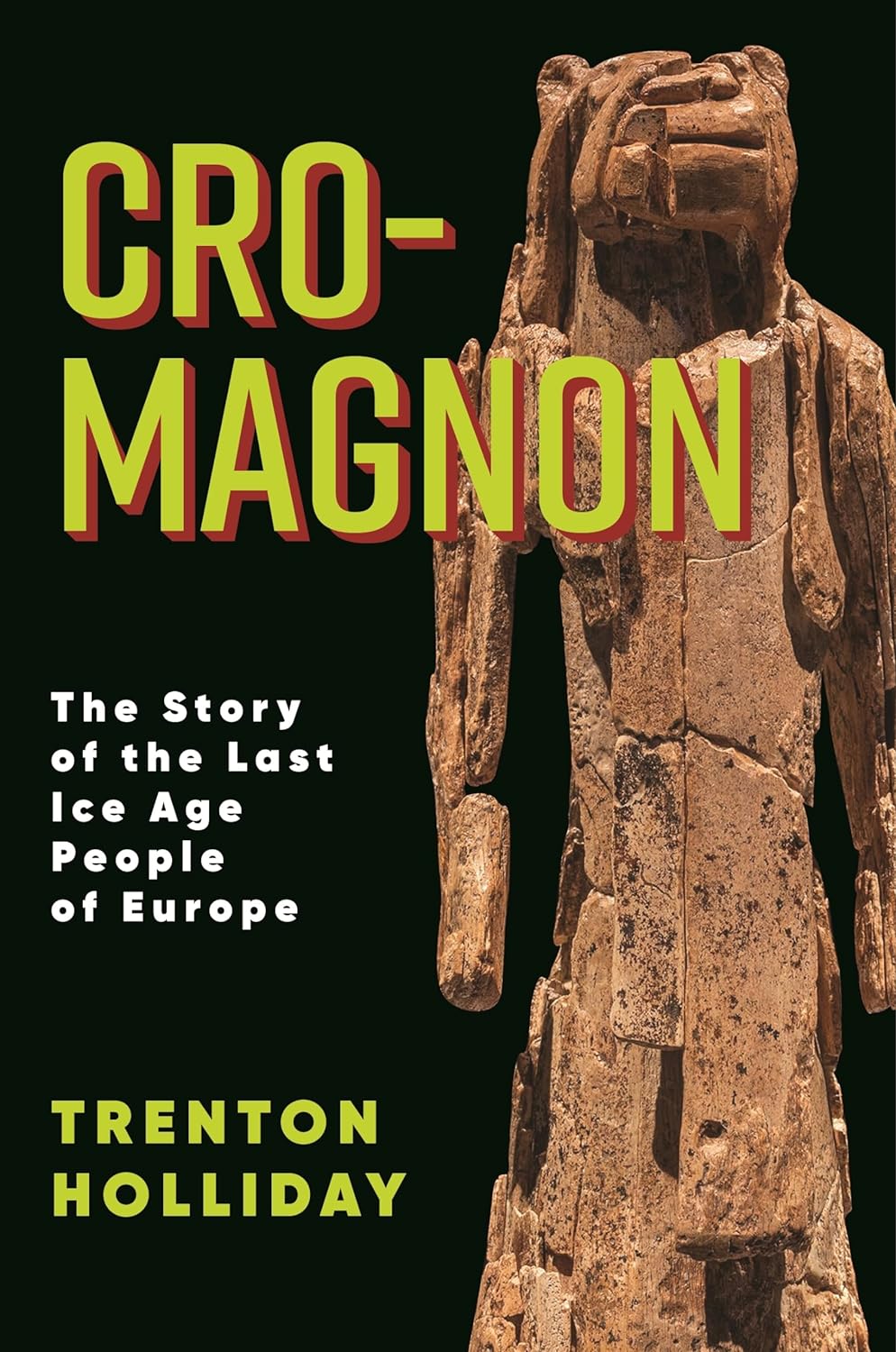published in Issue Four
To muffle passenger chatter on this French train, my travel companion chooses the « cavern » setting on his noise-cancelling earbuds. Its subterranean acoustics allow you to devolve for a little bit in your own private grotto. His selection of this setting is no accident: we’re coming back from the Vézère Valley where we’ve just seen the Cro-Magnon rock shelter and circa 18.000-year-old paintings in the Font-de-Gaume cave, in whose gift shop I bought a copy of George Bataille’s Lascaux ou la naissance de l’art. In this train, my troglodyte lover is next to me in his man-cave and I am next to him spelunking deep in Bataille’s underground. We are feeling Paleolithic.
Like anyone who gets the chance to see light and shadow cast across the three-dimensional-seeming bison, horses and other earthly creatures in the Magdalenian depths, I was spellbound by them. Our guide added to this effect as he spoke with soft conviction about the beauty of these staggeringly old, carefully rendered traces of manganese oxide and calcite and red ochre. Afterward, as we emerged from the cave as though birthed anew, the lasting enchantment kept pushing me to write out all the reflections spurred by this strange experience. But these reflections were as shapeless and slouching as the shadows in the dimmer corners of the cavern. To give them a firmer form and relevance, I needed to attach them to something newer, something more concrete. Why not review some new book that might relate to the early days of Homo sapiens as a pretext for unfurling my own dazed wonder about these prehistoric pictures?
Roland Barthes, « From Work to Text », in The Rustle of Language, trans. Richard Howard (New York: Hill and Wang, 1986).
Unless otherwise noted, the Bataille quotes are from various writings collected in The Cradle of Humanity: Prehistoric Art and Culture, ed. Stuart Kendall, trans. Michelle Kendall and Stuart Kendall (Zone Books, 2009).
In her article « Venus in Two Parts », Hartman outlines a method of archival research that involves « advancing a series of speculative arguments and exploiting the capacities of the subjunctive (a grammatical mood that expresses doubts, wishes, and possibilities) », « fashioning a narrative, which is based on archival research », « playing with and rearranging the basic elements of the story » and « re-presenting the sequence of events in divergent stories and from contested points of view. »

